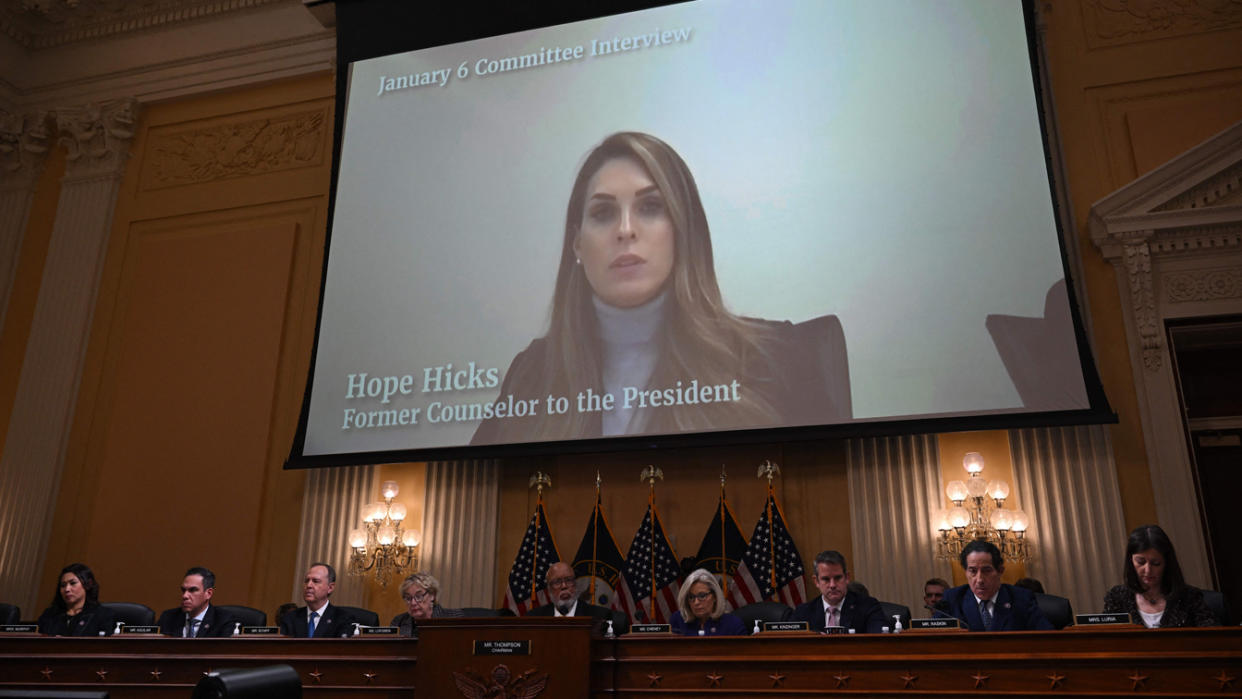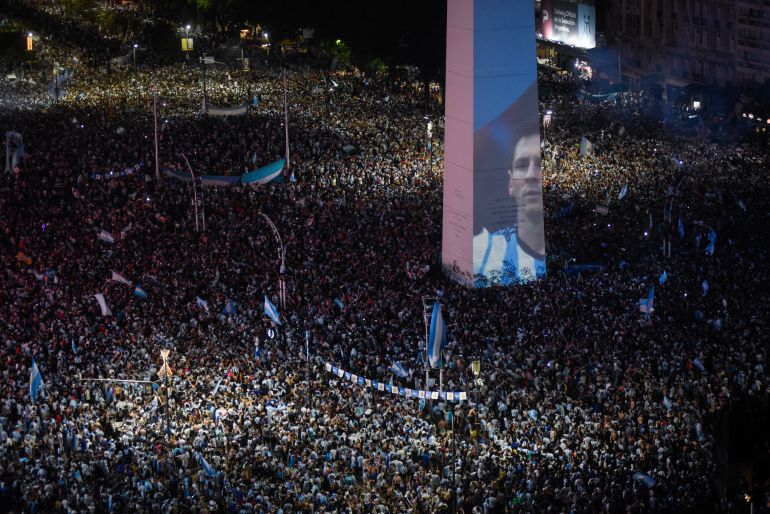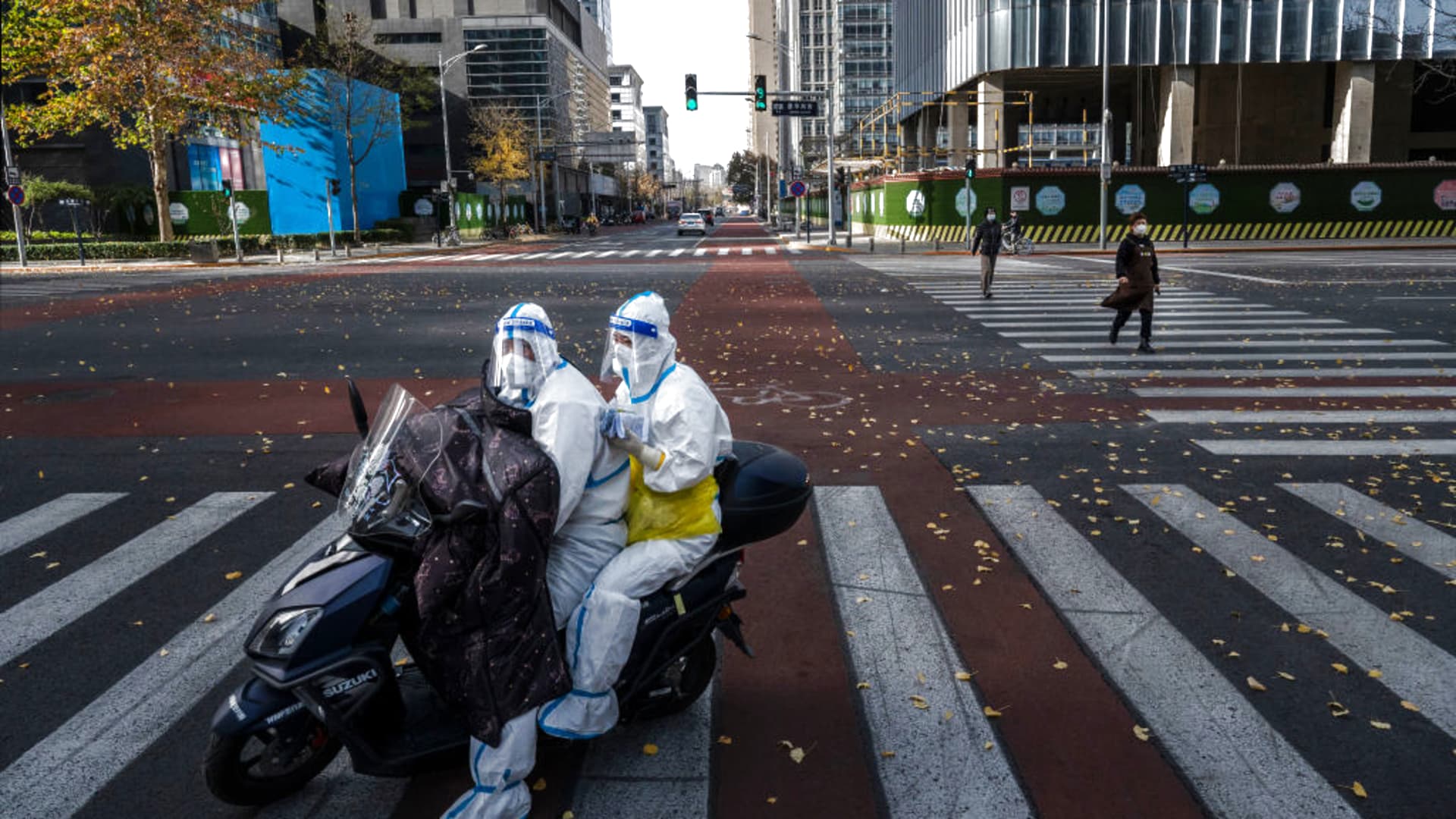
Dear Commons Community,
My colleague, Bob Ubell, had a column yesterday published in EdSurge, entitled, “Why College Students Turned From Being Down on Remote Learning to Mostly in Favor of It.” He provides important commentary on how after a rocky start, online learning has become the instructional modality of choice for many of them.
I agree fully with his assessment.
Below is his column in its entirety.
Tony
———————————————————————————————————————————–
EdSurge
Why College Students Turned From Being Down on Remote Learning to Mostly in Favor of It?
By Robert Ubell (Columnist)
Dec 20, 2022
If you go back to the first days of the COVID crisis, when campuses across the country were shutting down, college students weren’t very happy with emergency online learning. Surveys conducted then showed deep dissatisfaction, with as many as 70 percent saying they didn’t like it.
Low grades for remote instruction persisted for months. As the nation struggled under one of the worst public health threats in centuries, emergency instruction proceeded as the only viable way to keep higher education going, even though so few students liked it.
Since then, things have taken a surprising turn. Today, 70 percent of college students give online and hybrid learning a thumbs-up.
How did that happen? What were the forces at play that turned disaffection into growing acceptance?
It’s totally understandable that students taking remote classes in those early pandemic months resisted. Remote education was not a choice, but a command. Higher education was like a country at war, with students conscripted online like soldiers fighting for their academic lives. By the second semester of the crisis, about 680,000 dropped out altogether.
Students in those early days of COVID were under severe stress, tossed about with anxiety and depression; many found it difficult to concentrate or even sleep, let alone stay in school.
Just before the COVID shutdown, about a third of college students were enrolled in at least one online course. Today, three years after the worst of the crisis, that percentage has unexpectedly jumped to half. As the pandemic waned, increasing numbers of students opted to enroll in online instruction, casting aside their early disappointment because remote learning fulfilled needs it had always provided students—convenience, speed to graduation, flexibility and lower tuition. For working adults, online is often the simplest and easiest path to earn a degree. It satisfies those eager to access courses anytime, day or night.
And some faculty teach with more effective active-learning methods in the online format.
The often mediocre delivery of digital instruction at the start of the pandemic shined a spotlight on college teaching, with students measuring their online experience against in-person instruction. Critics have long been unhappy with what goes on in those college classrooms, often with professors lecturing interminably, as if the call for active learning has not been a century-long cry by thoughtful educators.
Now, students were given the opportunity to compare. And they discovered that the often lackluster college classroom is not much better than what usually happens online. If everything is lecture, students are choosing between slumping on couches at home in front of their screens or passively nodding off in classrooms.
“The reason why so many were disappointed with emergency digital instruction was not because it was alien, but because it was so very familiar.”
Few faculty were guided on how to teach during emergency remote instruction. They were just sent off online, with presidents and provosts praying students would survive the ordeal. It turns out that the same pedagogical failure that occurred online also happens widely on campus. Few professors step into their on-campus classrooms knowing best practices in teaching face-to-face.
Perhaps students in the early days of emergency remote instruction expected something different, exciting and new. But what they found, once they logged on, was the same endless talking heads at home on video or Zoom or on campus face-to-face. Students have now grown accustomed to pretty much the same experience, and they’ve resigned themselves. Over the long haul, students came to terms with it, accepting online as they’ve always endured lectures in person. The reason why so many were disappointed with emergency digital instruction was not because it was alien, but because it was so very familiar.
Of course, not every on-campus or online course is conducted in lecture mode. Thoughtful faculty use their digital and analog classrooms to stimulate engaging academic experiences, with students and instructors participating in peer-to-peer learning and other innovative practices. Abandoning lectures, skilled professors teach remotely or in-person, treating students not as passive listeners in a theater audience, but as players up on the academic stage, collectively discovering knowledge.
Feeling Alienated
Attending remote classes in the crisis, most college students felt alienated, lonely on their screens. They lacked in-person conversation, and they wished they could return to ordinary, face-to-face conversation.
The campus, after all, is a far more socially accommodating environment, with students busy with others in clubs, sports and other interpersonal activities in the school cafeteria and dorm rooms.
The physical classroom was never designed to provide all of the student’s wishes for social interaction. Classrooms on campus commonly allow only limited one-on-one engagement, with students rarely connecting with their peers, except at moments when classes are open to discussion. In college, I remember often leaving class at the end of a term, never having said a word all semester long to classmates seated right next to me.
During the pandemic, with every other avenue of interchange shut down, remote classrooms were asked to fulfill urgent needs for student personal engagement—a capability they were never meant to deliver. Yearning for human connection during those first COVID days and weeks was painful, but online learning was never going to satisfy it.
Once normal life returned and students could rely on other ways of getting together with friends and classmates, the digital classroom could relinquish its overwhelming social burden. Students can now take classes online without expecting them to be a place not only for learning, but also for socializing.
Pivoting to Video
One fascinating recent teaching strategy may have played a decisive role in changing student perceptions—increased use of video instruction. Many remote instructors now step away partially from delivering only Zoom sessions and produce instructional videos as well—as I did when I taught at The New School.
“This is the new normal,” says educational research psychologist Nicole Barbaro at GWU Labs, an affiliate of Western Governors University. “Professors are increasingly using videos to disseminate lectures and other instructional content to their students, and students are now watching hours of recorded videos each week for their courses.”
To my surprise, video—especially as a supplement in remote instruction—turns out to be a boon to greater student learning. A new meta-analysis uncovers the striking finding that when instructional videos supplement in-class instruction, rather than when they replace in-person teaching, students gained the most—results that have clear implications for online instructors. If you are weighing whether to design your digital course with either static text or recorded videos, videos are surely the way to go, advises GMU’s Barbaro.
When I taught online at The New School, a crack team of instructional designers and photographers guided me on how to deliver professional, 7-minute videos, accompanied by graphics, text and other elements. Other videos were TV-style newscast interviews of scholars and practitioners I had invited to offer their expertise on topics covered in my course. In the 6 weeks my online course ran, my Zoom sessions consisted entirely of remote classroom discussions of the videos students watched at home and readings I had assigned. In all those weeks, I never once delivered a real-time lecture.
Over time, with months of practice as the pandemic proceeded, instructors and students learned how to use remote tools. Continuously online, enormous numbers gained proficiency with digital learning software. “The quality of a well-run synchronous, online class can now rival—and in some respects exceed—the quality of the in-person equivalent,” observes John Villasenor at the Brookings Institution.
The good news is that online learning is no longer reviled and resented, but after a rocky tryout in the pandemic, it’s now just another higher ed choice in which students and faculty, after years of digital stress, have largely adapted to it.













